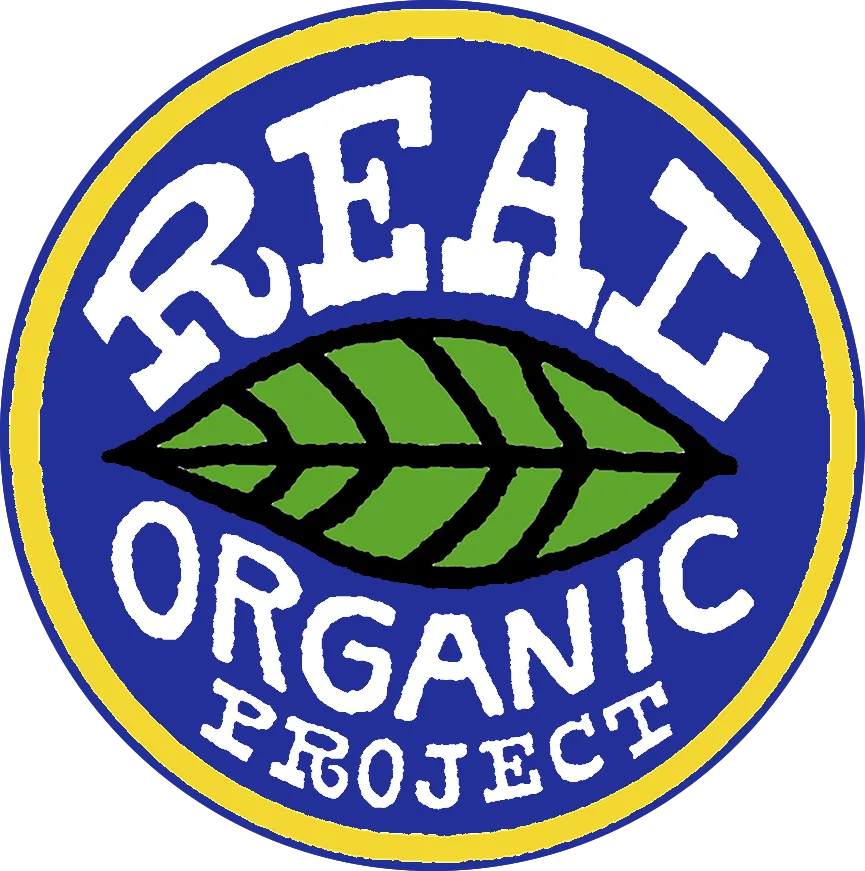Born to Corn: Summer CSA Week #8 – 7/31/25
Born to Corn
It’s sweet corn season!
This morning we started the day with a sweet corn picking training. Like all trainings, I cover both the system of how we do things to stay organized and what we actually pick in terms of quality and readiness. This training, however, also started with snack time. I handed each crew member half an ear of sweet corn and we all enjoyed some “breakfast corn” together.
There is nothing like the first bite of sweet corn each season, especially when it’s right off the stalk. It’s juicy and sweet and a little milky. Yum!! Always someone exclaims, “Oh my gosh, why do we even cook sweet corn?! It’s so good just like this!” True. True.
Picking sweet corn is hot sweaty business. The corn leaves can cut your skin and the weeds that grow up between the stalks can be quite pokey. Cracking the bottom part of the ear off takes a lot of hand strength and friction, so you need gloves to harvest or else your hands would get all blistered up. So we all have to wear long pants, long sleeves and gloves to harvest. Meanwhile, there is no airflow in the corn patch. So yeah, it’s HOT HOT work harvesting corn.
Because harvesting corn is hot and heavy work, we really try to hype ourselves up for the job. Returners often have funny t-shirts they wear for corn harvesting days, and we routinely shout the phrase, “born to corn!” just to keep it silly.
Crossroads actually supplies other area farms’ CSAs with corn. We sell sweet corn to Blue Moon Community Farm, Vitruvian Farm, Lovefood Farm, and sometimes Orange Cat Community Farm. We also supply sweet corn to all of the Willy Street Coops. This week alone, we will harvest somewhere around 9,000 ears of corn.
The reason we supply organic sweet corn to so many entities is because a) sweet corn takes up a lot of land and b) growing sweet corn organically is challenging. Corn ear worms are the main challenge. Eggs are laid in the silks of the corn, and then the larvae travel to the tip of the corn to feed. The larvae become caterpillars and leave an unsightly beige mess at the tip. Sometimes, little black sap beetles come in for a secondary feeding – ‘clean up on aisle 6’ kinda thing.
This can be super frustrating for growers and eaters alike. Our solution? We tip the ears of corn that have visible damage, AND we educate our customers (YOU!) that if you see damage on the tip of an ear, just cut it off and eat the rest of the ear. The bug damage really is just at the tip. It does not decrease quality in the rest of the ear.
Another way to think about it? If you received pre-tipped ears or an ear that needs to be tipped, that’s how you know you are eating organic sweet corn. We urge you. We beg you. We really really hope that it you have corn with bug damage at the top that you don’t waste it, and instead chop it off and enjoy the deliciousness that remains!
Another note about sweet corn – the ears vary in size. Most plants produce 1 to 2 ears of corn. The second ear is always smaller, but no less tasty. We choose not to waste these second ears and instead give you a variety of sizes of sweet corn. This may be different than what you are used to. So when you are set to receive 6 ears of corn, know that some will be big and some will be smaller and that is totally normal.
We hope you enjoy the sweet corn coming your way! You can expect corn to show up in your share for the next 7-8 weeks! If you have any questions about our sweet corn, please don’t hesitate to email us.







